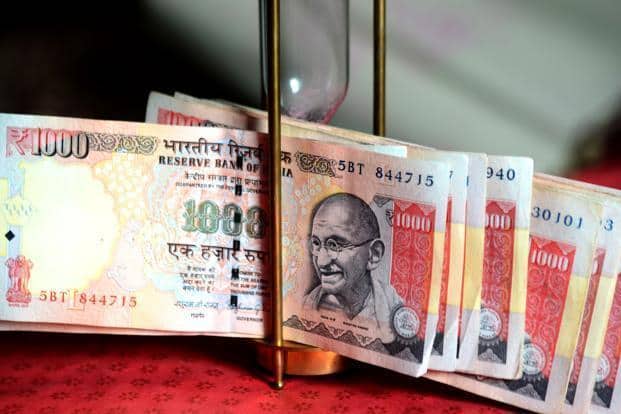With the advent of plastic money, e-banking, Paytm, cryptocurrency, and other digitised methods of payment, can India become a cashless economy?
With the rise of Digital India Campaign, and the growth of e-commerce in the country, it looks like the future of the Indian currency is moving forward in the digital sphere. However, this is not as easy as it may seem. With problems such as the country having an internet penetration rate of just 27%, as compared to the global average of 67%, only 60% of the country having bank accounts, and with 98% of the economic transactions by volume being done through cash, it is evident that the journey ahead is long and difficult.
Adding on to all this, India is a developing country with a very high poverty rate, as a student from the University of Delhi (DU) points out, “I don’t know what our Government is trying to achieve by Digital India when half the people in this country can’t even afford the internet. There are people suffering all over the country but nothing has been done about that”.
Along with this, cryptocurrency has been virtually banned by the Reserve Bank of India (RBI), as stated in a circular, prohibiting banks, and financial institutions from rendering all services related to cryptocurrency in 2018. This, in turn, has also led to criticism from many who argue that the RBI has no right to pass this legislation on cryptocurrency, as it is not within the ambit of the Banking Regulation Act, through which the RBI draws most of its power.
In the face of all these statistics and opinions, why is the digitisation of currency even in the conversation? The positives of greater digitisation include paper trails which would make it harder to hide income, and would make finding black money easier, which was also one of the failed objectives of the infamous demonetisation done by the Modi administration. It would save the Government money, with the RBI currently spending INR 2,700 crores in the fiscal year 2018 on just currency issuance and management, it would be easier to conduct international payments, and the entire problem of fake currency would essentially disappear.
One of the arguments put forward against digitisation in India is that India is a majorly agrarian country, with most people depending on rural cooperative banks, most of which might not have an internet connection and the Government would not have the funds to provide it. However, this statement at its base can be proven wrong. According to the Indian Brand Equity Foundation, there are around 94,384 rural banks in India, as of the fiscal year 2017. Assuming all these banks do not have internet service, calculations of the initial cost can be made. Internet service would cost around INR one lakh for the initial licensing and legal admin fees, along with INR three to four lakhs to set up the infrastructure covering one square kilometre of the area around the tower. This leads us to a total cost of INR five lakhs on the highest end of the spectrum. Now, making the assumption that all rural collective banks do not have internet access, multiplying the number of rural banks with the initial cost would amount to around INR 4,719 crores or around USD 655 million. To put this into perspective, the Statue of Unity cost around INR 3,000 crores, and therefore, it is evident that funding this is not out of the reach of the Indian Government.
In this age of globalisation and technological revolution, the world economy and, more importantly for us, the Indian Economy is constantly changing and evolving. While digitisation of currency might be a part of this evolution further down the line, there is a still a long way for this country to go in order to make that possible, with work required in every sphere to even think about fully implementing it.
Feature Image Credits:
Prabhanu Kumar Das




Comments are closed.